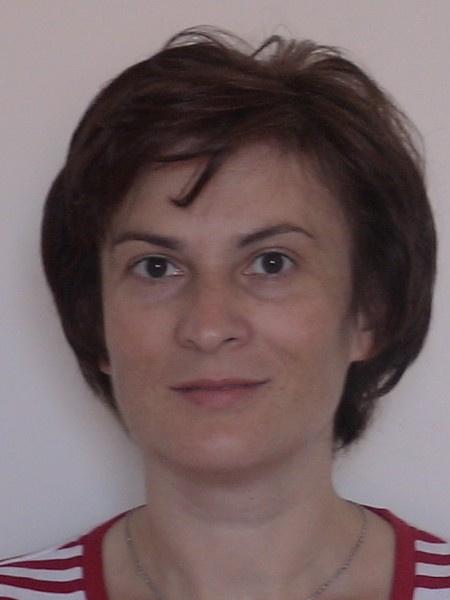abstract
Nanotubes of self-assembled dipeptides exemplified by diphenylalanine (FF) demonstrate a wide range of useful functional properties, such as high Young's moduli, strong photoluminescence, remarkable piezoelectricity and pyroelectricity, optical waveguiding, etc., and became the object of intensive research due to their ability to combine electronic and biological functions in the same material. Two types of nanoconfined water molecules (bound water directly interacting with the peptide backbone and free water located inside nanochannels) are known to play a key role in the self-assembly of FF. Bound water provides its structural integrity, whereas movable free water influences its functional response. However, the intrinsic mechanism of water motion in FF nanotubes remained elusive. In this work, we study the sorption properties of FF nanotubes directly considering them as a microporous material and analyze the free water self-diffusion at different temperatures. We found a change in the regime of free water diffusion, which is attributed to water cluster size in the nanochannels. Small clusters of less than five molecules per unit cell exhibit ballistic diffusion, whereas, for larger clusters, Fickian diffusion occurs. External conditions of around 40% relative humidity at 30 degrees C enable the formation of such large clusters, for which the diffusion coefficient reaches 1.3 x 10(-10 )m(2) s(-1) with an activation energy of 20 kJ mol(-1), which increases to attain 3 X 10(-)(10) m(2) s(-1) at 65 degrees C. The observed peculiarities of water self-diffusion along the narrow FF nanochannels endow this class of materials with a new functionality. Possible applications of FF nanotubes in nanofluidic devices are discussed.
keywords
CARBON NANOTUBES; ADSORPTION; ORGANIZATION; COEFFICIENTS; MICROTUBES; CONDUCTION; TRANSPORT; DYNAMICS; CLUSTERS; HYDROGEN
subject category
Science & Technology - Other Topics; Materials Science
authors
Zelenovskiy, PS; Domingues, EM; Slabov, V; Kopyl, S; Ugolkov, VL; Figueiredo, FML; Kholkin, AL
our authors
Groups
G2 - Photonic, Electronic and Magnetic Materials
G3 - Electrochemical Materials, Interfaces and Coatings
acknowledgements
This work was developed within the scope of project CICECO-Aveiro Institue of Materials, refs. UIDB/50011/2020 & UIDP/50011/2020, and project UniRCell (SAICT-PAC/0032/2015, POCI-01-0145-FEEDER-016422) financed by national funds through the FCT -Fundacao para a Ciencia e a Tecnologia, I.P. (Portugal). S.K., P.Z., and A.K. were partly supported byFCT through the projects BioPiezo-PTDC/CTM-CTM/31679/2017 (CENTRO-01-0145-FEDER031679) and TUBITAK/0006/2014, and E.M.D. and F.F. by the project UniRCell. Part of this work was funded by national funds (OE), through FCT, in the scope of the framework contract foreseen in the numbers 4, 5, and 6 of the article 23, of the Decree-Law 57/2016, of August 29, changed by Law 57/2017, of July 19. The calculations of water diffusion were done at Ural Federal University under the support of the Russian Science Foundation (Grant No. 18-72-0052). The authors are grateful to Celia Miranda, Konstantin Romanyuk, and Ferid Salehli for useful discussions.






